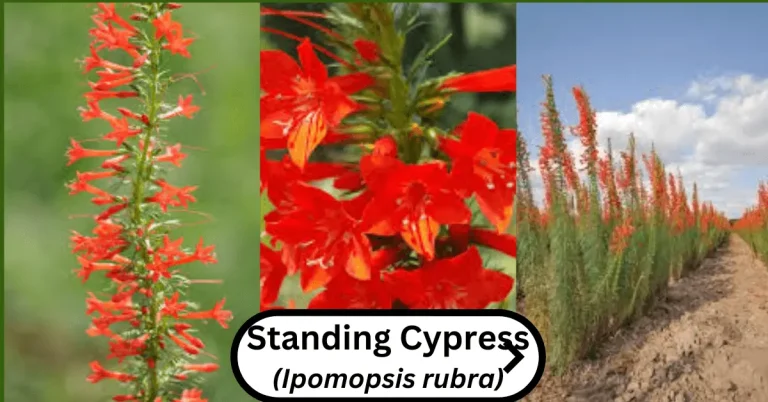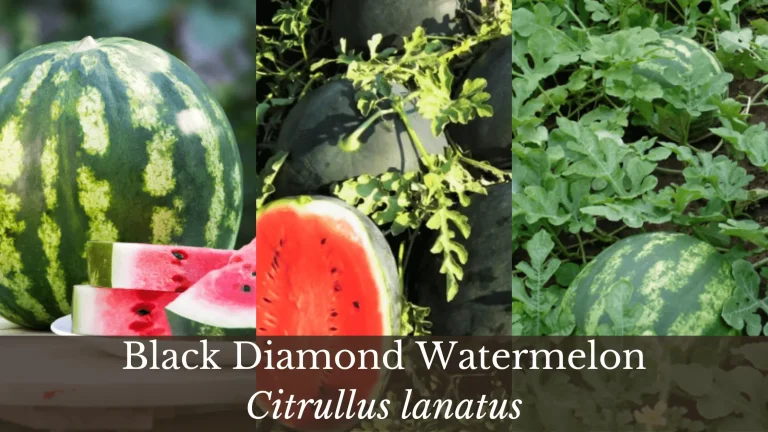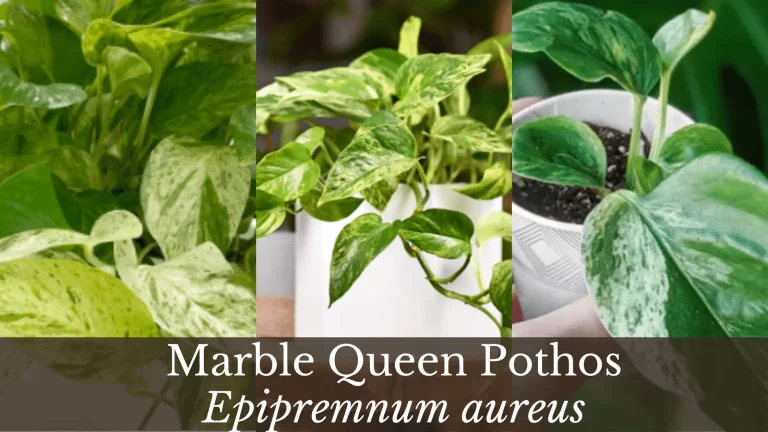9 Most Profitable Hydroponic Crops | Gardener’s Reviews
Growing crops in limited space isn’t just a hobby, it’s a revolution. If you are living in a highly dense middle of the city, covered with cold but still you want to have fresh strawberries and leafy veggies, Hydroponic cultivation makes it possible.
This system of cultivation not only makes it possible for you to harvest the farm fresh fruits, vegetables and beans, but also you can sell them for profit. Learn about the most profitable hydroponic crops and earn an easy livelihood. They are equally important as the forests.
Welcome to the world of hydroponics—a sustainable, space-savvy method of farming that’s not only lucrative but also highly beneficial for health and the environment. If you want to know the list of most profitable crops to grow hydroponically, stick to this article. Moreover, this will help you to clarify your concept about the economics of Hydroponic farming and indoor crop growing. In the vibrant streets of New York City and the sunny corners of California, an agricultural transformation is underway.

Why Choose Hydroponics?
Hydroponics, the art of cultivating plants without soil, has taken root in apartments across Harlem, to the vast terrains of Mexico. The technology harnesses nutrients and water, rendering traditional farming soil obsolete. Fresh, pesticide-free produce that’s not only delicious but also packed with essential vitamins and minerals.
“But is hydroponic farming profitable?” That’s a question echoing in the corridors of startup companies and farmhouses alike. The answer, resoundingly, is yes. With the right crops and techniques, farmers are minting money.
The Most Profitable Hydroponic Crops
Before going for the cultivation of the crops in intensive hydroponics where there is a need for high energy, water, inputs, structure, and nutrients, you must consider the needs of the customer and market demand. However, I’m going to share a list and the range of economic benefits each vegetable may help in return.
1. Cannabis
Remember to grow it where it is legal and allowed. It has some health-related benefits thus it is restricted to growth without proper consideration. Along with being more concerned with the health aspects, it is one of the most Profitable Hydroponic Crops giving $1.6 per pound in return.

2. Cilantro
One of the staples in Thai and Mexican cuisines, fetches an impressive $6.0/Pound. It is famous for its cilantro and seeds. It is most profitable as it requires little maintenance. It may give you each cut after 3 weeks. It grows through seeds

Herbs Galore: The Following category of herbs are also profitable when grown hydroponically. Each comes in at about $14.0/pound. These herbs are not just culinary treasures, but their aromatic leaves add aroma to any dish
3. Basil
They have a strong aroma when they are fresh. However, they lose their aroma when dried. Their combination with chillies, tomato, and peppers adds freshness and taste to the Pesto. Purple Ruffles, Purple Delight, Basil Bicolor, Dark Opal, and Rubin are some of the famous varieties of Basil.

4. Dill (Anethum graveolens)
It is a leafy herb used as a fresh salad. It has a strong aroma. It adds taste to pickles, pastries, and condiments. It may grow tall and thus needs trimming and cutting regularly.
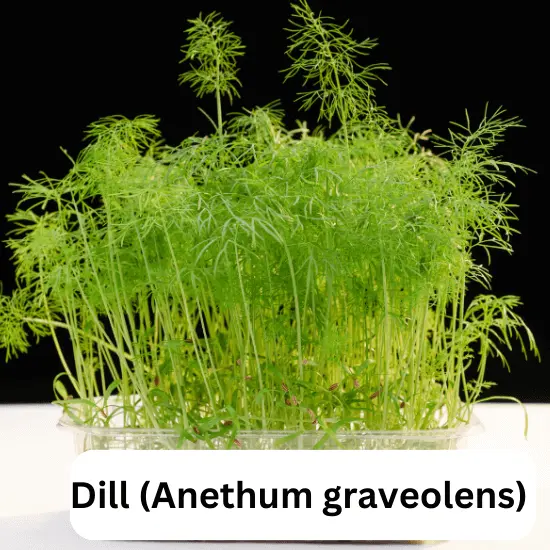
5. Mint (menthe spicata)
It is a popular variety of mint. It grows well on sunny days with 8-10 hours of light at optimum intensity. It grows vegetative by cuttings. It is marketed at about $14.0 per pound.
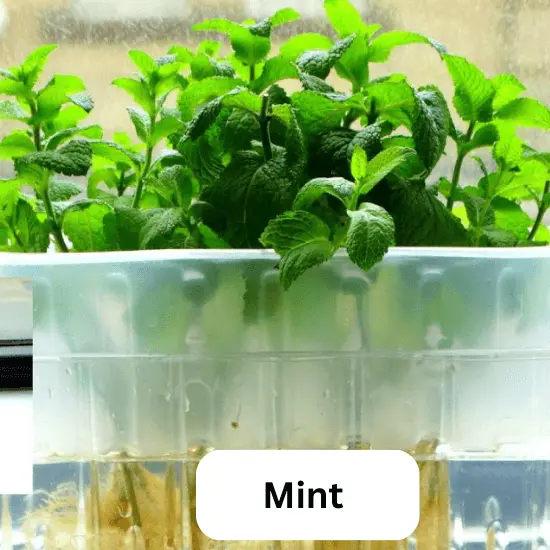
6. Chives
They come in at about $14.0/pound. These herbs are not just culinary treasures, but their aromatic leaves, are good at appearance as well.
They require more light than the mint. They grow well in 12-14 hours of LED light (like long-day plants) they are ready to transplant after 3-4 weeks of germination in a controlled environment.

7. Tarragon
Tarragon has its origin in Siberia. It grows tall, up to 1.5 meters. It can be sold at $16 per pound. Its roots are also consumable as they are a rich source of fibre. It needs 8-9 hours of LED light per day.
It reproduces by plugs and twigs. Its leaves and roots are an important part of some French dishes.

8. Bay Leaves
Its fresh leaves cost $30.0/pound. They add aroma and taste to the veggies and salads. These are the gems of the herb world as they are famous in Mexico, Indonesia, and California.
They grow tall, so consider timely trimming and cutting of the fresh leaves and use them in salads and vegetables. These are among the Most Profitable Hydroponic Crops.

9. Ginseng
The crown jewel, this root is highly sought-after in countries like China and France for its health benefits, fetching a whopping $550.0/pound. Its edible part is rooty and has some medicinal importance.
However, you should keep one thing in mind the first harvest of Ginseng may take 6 years from the sowing time. It is becoming more and more populated.

What factors to consider for choosing profitable hydroponic crops?
Hydroponics, a soil-less method of cultivating plants, has gained immense popularity for its efficiency and potential for high yields. If you’re looking to venture into hydroponic farming and cultivate the most profitable crops, there are several essential factors to consider. From plant selection to nutrient management, here are key points to keep in mind before you start growing hydroponic crops:
- Plant Selection: Choose crops that have high market demand and value. Consider factors like growth rate, yield per unit area, and the suitability of the crop for hydroponic systems. Some profitable hydroponic crops include ginseng, basil, chives, and cannabis.
- Health and Quality: Ensure the health of your plants by using disease-resistant varieties and maintaining optimal growing conditions. Healthy plants yield better and fetch higher prices in the market.
- Space Utilization: Hydroponic systems require less space compared to traditional farming. Choose crops that can be grown vertically or in compact systems, maximizing the use of available space.
- Nutrient Management: Hydroponic crops rely on nutrient solutions for growth. Properly balance nutrient levels to avoid deficiencies or excesses that could harm plant health.
- Light and Sunlight: Since hydroponic systems may be indoors or in controlled environments, providing adequate light is crucial. Invest in suitable lighting systems or position your setup where plants can receive optimal natural sunlight.
- Technology and Automation: Incorporate technology for monitoring and controlling factors like pH, temperature, and nutrient levels. Automation can help maintain ideal growing conditions and improve overall crop yields.
- Initial Investment: Consider the costs of setting up your hydroponic farm, including equipment, growing mediums, nutrient solutions, and lighting. Calculate the return on investment to ensure profitability.
- Crop Price: Research the market prices for your chosen crops. Choose crops that command higher prices and have consistent demand to maximize your profits.
- Growing Medium: Select an appropriate growing medium that supports root growth and allows for efficient nutrient absorption. Common mediums include perlite, coconut coir, and rock wool.
- Local Regulations: Be aware of any regulations related to growing specific crops or using hydroponic systems in your area. Obtain any necessary permits or licenses.
- Farm Management: Hydroponic systems require regular monitoring and maintenance. Prepare a schedule for tasks like nutrient replenishment, pest control, and system cleaning.
- Water Quality: Water is the foundation of hydroponics. Ensure your water source is free from contaminants and suitable for plant growth.
- Environmental Conditions: Consider factors like temperature, humidity, and air circulation. These conditions can impact plant growth and influence your crop’s success.
- Market Demand: Research the local market to identify crops with high demand. Growing crops that are popular in your region ensures a steady market for your produce.
- Pest and Disease Management: Hydroponic crops can still be vulnerable to pests and diseases. Implement preventive measures and have a plan for dealing with any issues that arise.
- Harvest and Post-Harvest Handling: Have a strategy for harvesting your crops at the right time to maintain their quality. Proper post-harvest handling ensures your produce reaches the market in the best condition.
- Economies of Scale: Consider the scale of your hydroponic operation. Larger setups might allow for better cost efficiencies and higher profits.
- Education and Learning: Continuously educate yourself about hydroponic farming techniques, crop-specific requirements, and emerging trends in the industry.
- Collaboration and Networking: Connect with other hydroponic farmers, attend workshops, and join online communities to exchange knowledge and experiences.
- Sustainability: Explore sustainable practices within hydroponics, such as using renewable energy sources and reducing waste.
Conclusion
By carefully considering these points, you’ll be better equipped to make informed decisions when selecting, growing, and selling the most profitable hydroponic crops. Remember that each crop has its unique requirements, and investing time in research and planning will set you on the path to a successful hydroponic farming.
I’m Dr Qaiser Maqsood (PhD), a dedicated researcher and expert in Biological Sciences, Gardening, Bio-Diversity, Ecology, and Environmental Sciences. I’m much concerned about Environmental Pollution, Climate Change, Plantation, Gardening, and Global Warming. My passion is to explore innovative solutions in all these fields.
Be aware that we have ONLY ONE EARTH. Protect it!!




